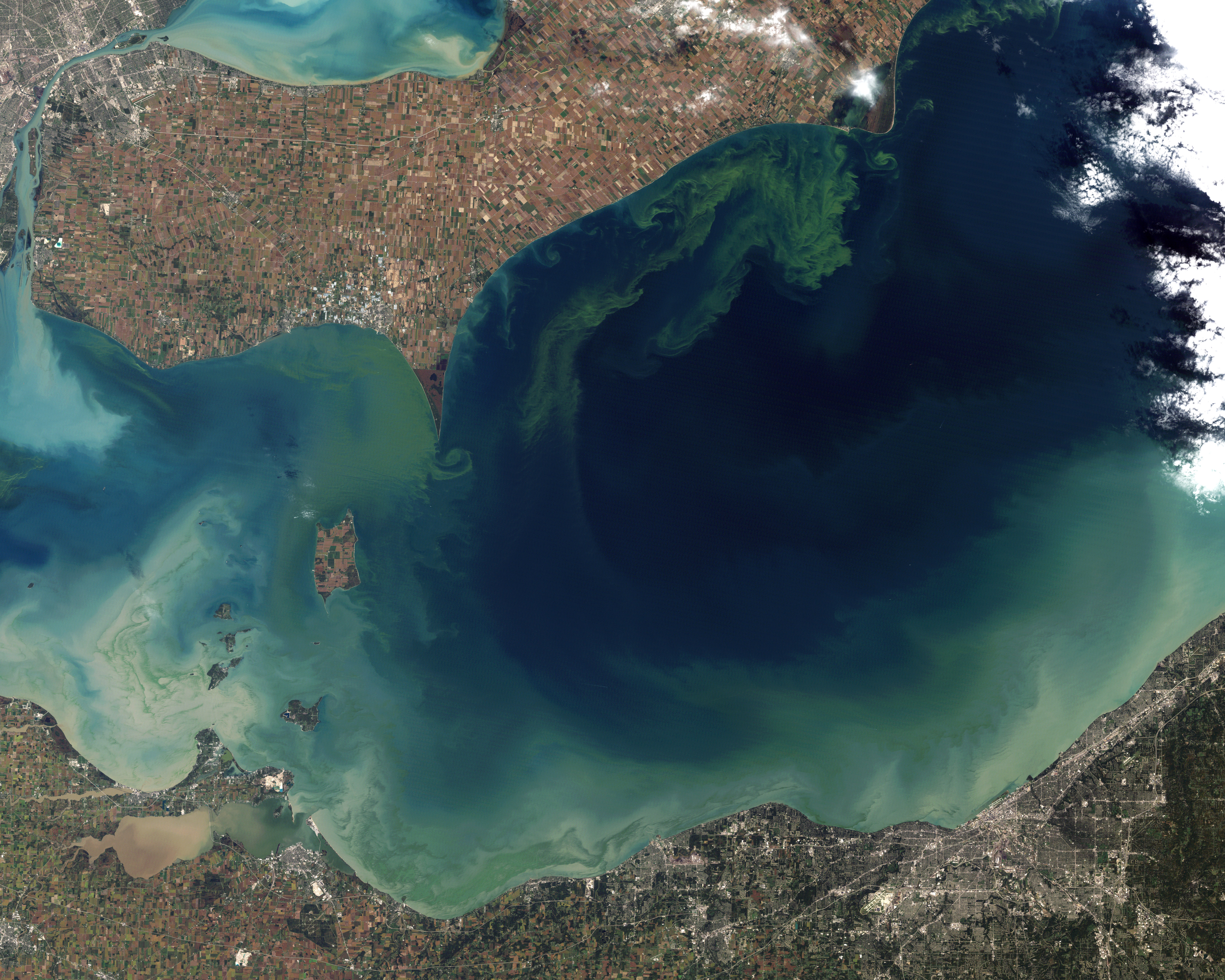Niagara Region is taking steps to protect Niagara’s drinking water after identifying a small quantity of blue-green algae upstream in the reservoirs serving the DeCew Falls Water Treatment Plant. The blue-green algae was first observed on Friday, August 20.
Microcystin, the neurotoxin released by blue-green algae, has not been detected during daily testing of the water leaving the Decew Falls Water Treatment Plant over the last few days. Therefore, there is no risk to human health at this time.
Since Niagara Region first identified blue green algae upstream from the Decew Falls Water Treatment Plant intake in July 2016, the Region has enhanced monitoring for both blue-green algae and the microcystin toxin across all water treatment plants. This includes routine visual inspection of the intakes and reservoirs to all six water treatment plans, as well as weekly testing for microcystin in the water before and after treatment.
Over the past two weeks, very low levels of microcystin have been detected intermittently in all of Niagara’s water treatment plants. Fortunately, the concentrations of microcystin have all measured at less than two per cent of the amount permissible by the Ontario Drinking Water Standards. The water from all Region water treatment plants remains safe to drink.
The Region’s Public Health and Public Works departments are working with the Ministry of Environment, Conservation and Parks to monitor for and prevent any potential future risk to the public from blue-green algae.
Blue-green algae, known as cyanobacteria, can sometimes produce a toxin that is a risk to health. Blue-green algae occurs naturally in freshwater lakes, ponds, rivers, and streams in late summer and early fall. Current warm weather has made blue-green algae more prevalent in many parts of North America, including in Lake Erie which indirectly feed Niagara’s water treatment plants.
More information about how Niagara Region works to provide a safe, high quality, and reliable source of drinking water is available here.
Image Credit: NASA.












